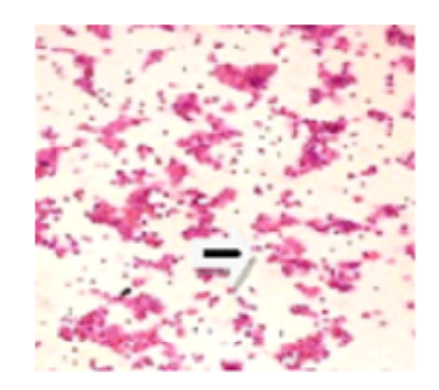


Journal of Pharmaceutical Research
Year: 2024, Volume: 23, Issue: 4, Pages: 237–241
Original Article
Ananya Bhattacharjee1,∗, H Venkatrao Kulkarni2, V Prasanna Habbu2, Manodeep Chakraborty3, Nihar Ranjan Bhuyan3
1Associate Professor, Himalayan Pharmacy Institute, Rangpo, Majhitar, 737136, East Sikkim, India
2Professor, Soniya Education Trust’s College of Pharmacy, S.R. Nagar, Dharwad, 580002, Karnataka, India
3Professor, Himalayan Pharmacy Institute, Rangpo, Majhitar, 737136, East Sikkim, India
*Corresponding Author
Email: mouroland@gmail.com
Background: Lead exposure causes oxidative stress, leading to hematological abnormalities and immunotoxicity. Ellagic acid (EA) has shown protective effects against lead-induced toxicity in various organs. Objective: This study investigates EA's potential to mitigate lead-induced hematopoietic toxicity. Methods: The study consisted of four groups of eight animals each, including a normal control group, a toxic control group receiving lead acetate, and two groups receiving Ellagic acid with lead acetate. The animals were treated for 7 days, after which blood and bone marrow samples were collected for hematological assessments, lead concentration analysis, and bone marrow examination. Results: The study found that lead acetate exposure led to significant decreases in erythrocyte count, hemoglobin content, and total leukocyte count, while Ellagic acid treatment effectively restored these counts. Additionally, Ellagic acid treatment reduced plasma lead concentration and alleviated lead-induced hematological alterations, suggesting its potential as a therapeutic agent against lead toxicity. Conclusion: This study explores the protective effects of Ellagic acid against lead-induced hematopoietic toxicity, a previously uninvestigated area of research.
Keywords: Lead toxicity, Haematopoietic toxicity, Heavy metal toxicity, Ellagic acid
© 2024 Published by Krupanidhi College of Pharmacy. This is an open-access article under the CC BY-NC-ND license (https://creativecommons.org/licenses/by-nc-nd/4.0/)
Subscribe now for latest articles and news.